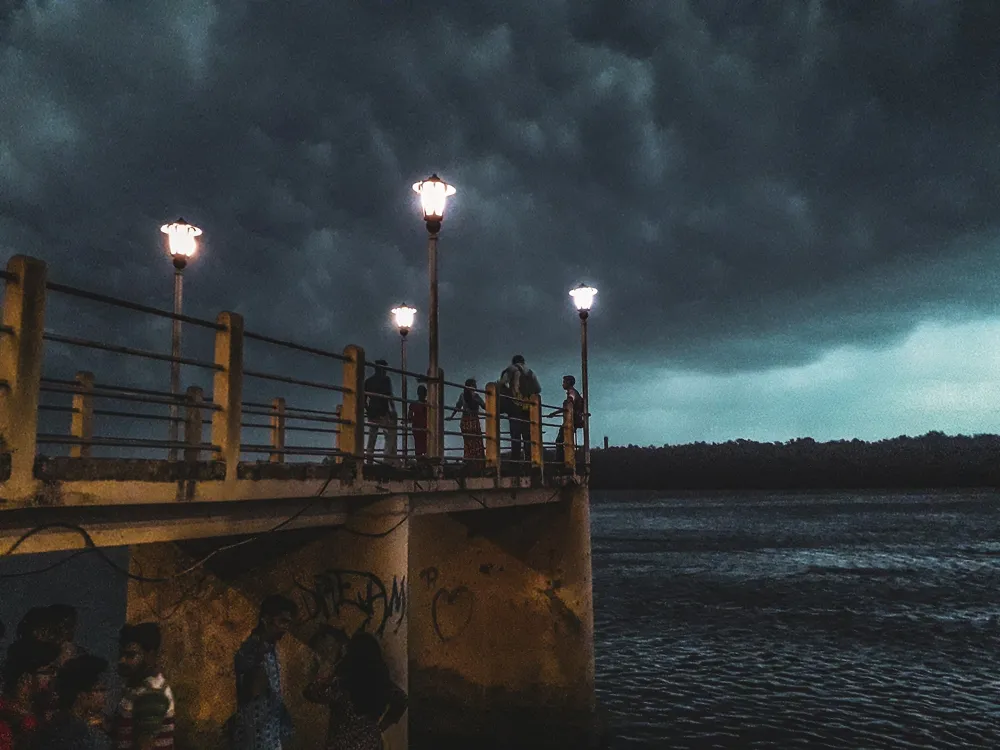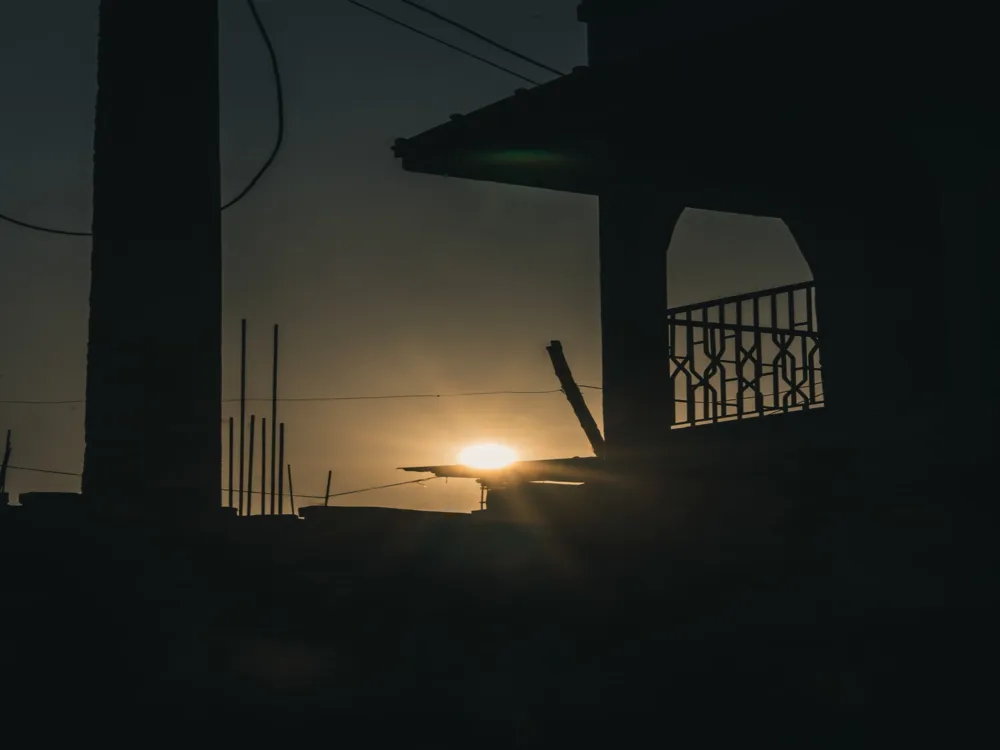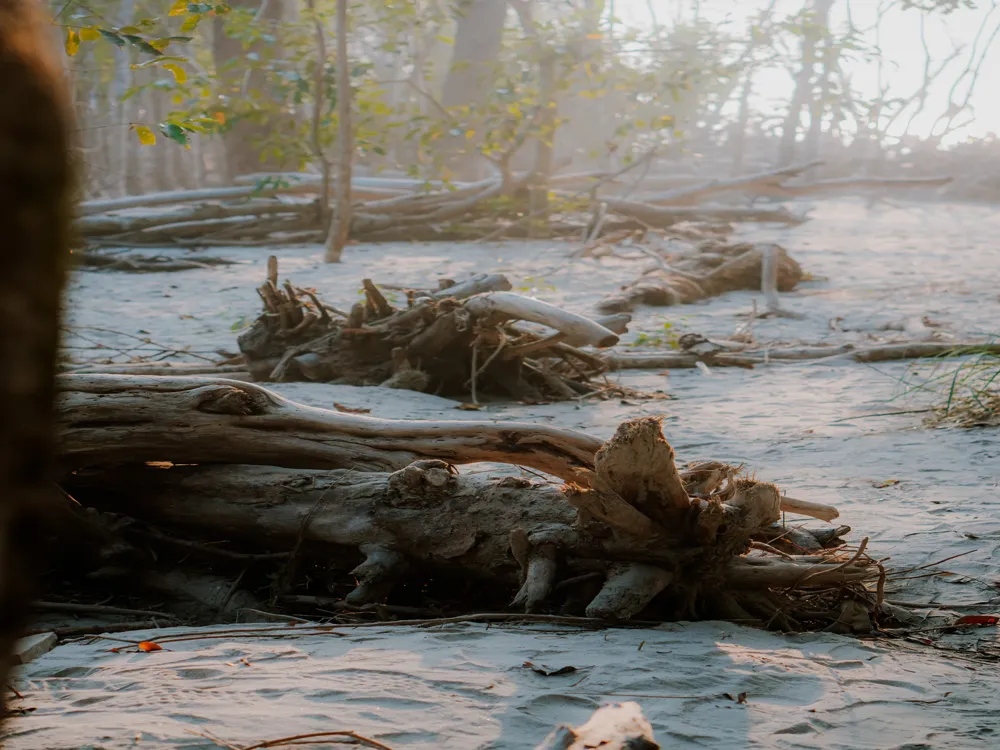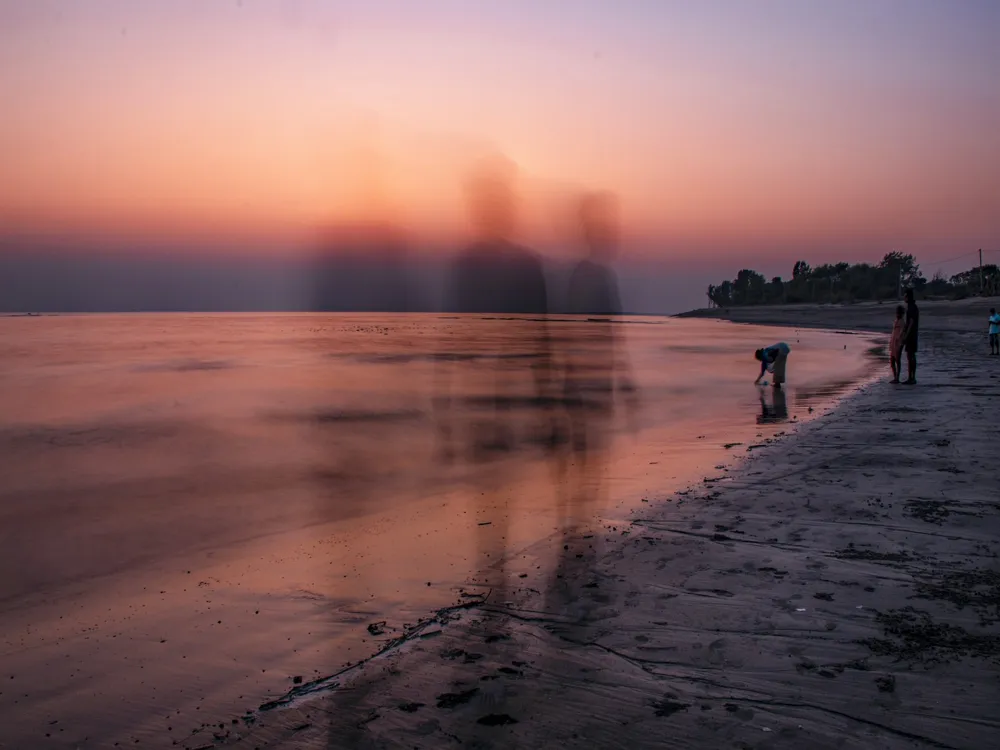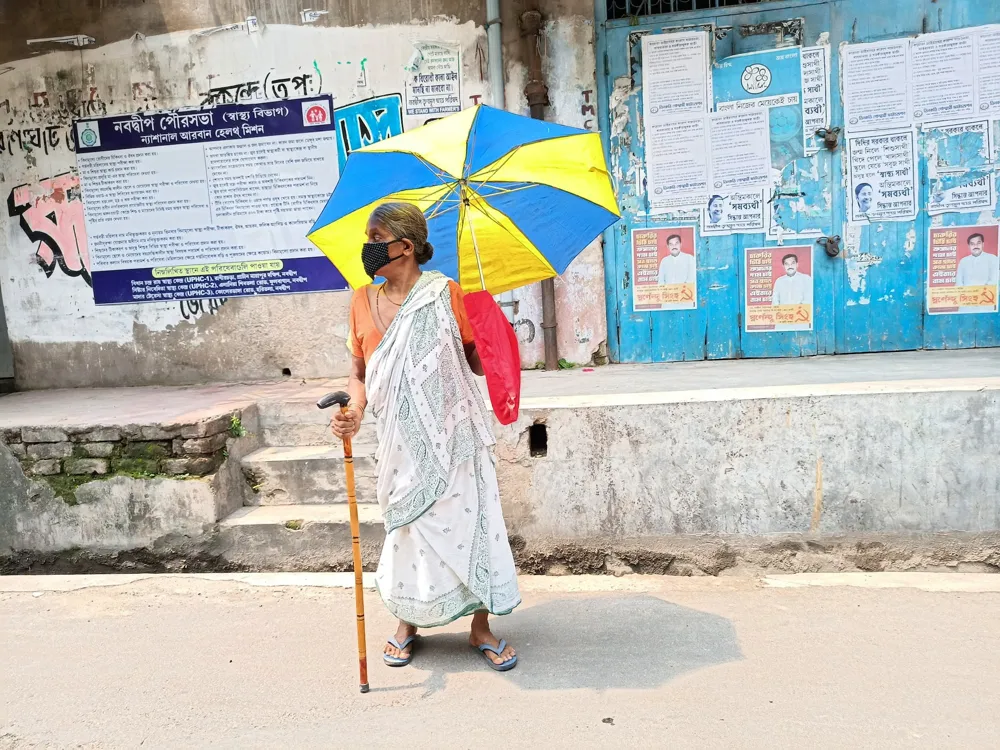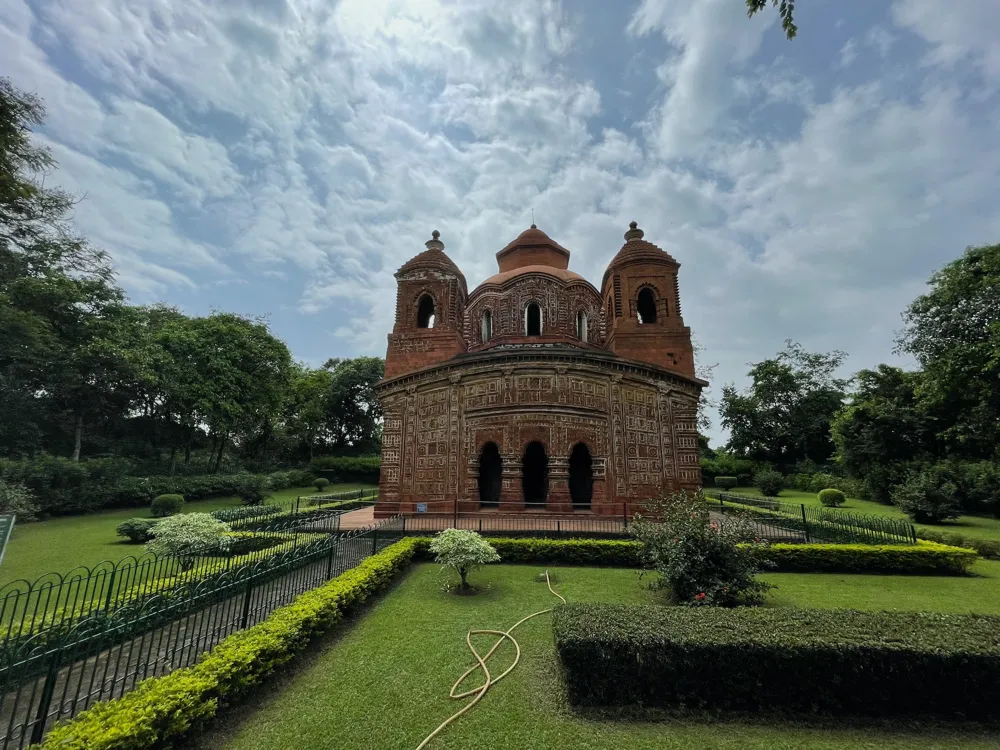Nestled in the vibrant city of Kolkata, West Bengal, the Safari Park stands as a remarkable testament to wildlife conservation and environmental education. This sprawling oasis offers a unique glimpse into the diverse fauna and flora, providing an immersive experience unlike any other in the region. The park's inception was driven by a commitment to creating a harmonious space where nature and human curiosity could coexist, thus fostering a deeper appreciation for our planet's biodiversity.
The Safari Park's design brilliantly integrates the natural topography with carefully planned habitats, ensuring the well-being of the animals while enhancing visitor experience. Visitors are greeted by a rich tapestry of landscapes, ranging from dense forests to serene water bodies, each meticulously crafted to replicate the natural habitats of the resident species. The park is home to a myriad of animals, including majestic Bengal tigers, graceful deer, and exotic birds, each playing a crucial role in the delicate ecological balance.
What sets this park apart is its commitment to education and conservation. Interactive exhibits and educational programs are thoughtfully interspersed throughout the park, offering insights into wildlife conservation efforts and the importance of preserving natural habitats. These initiatives not only enrich the visitor experience but also instill a sense of responsibility towards environmental stewardship.
The Safari Park experience is not just about observing wildlife but engaging with it in a manner that is respectful and enlightening. The park's layout encourages exploration, with winding paths leading to hidden enclaves and observation points, offering intimate encounters with nature. This harmonious blend of conservation, education, and recreation makes the Safari Park in Kolkata a jewel in the crown of West Bengal's tourist attractions.
The architectural design of the Safari Park in Kolkata is a marvel of innovation and sustainability, seamlessly blending with the natural landscape. The park's layout is a masterful orchestration of space and environment, crafted to provide an immersive experience while prioritizing the well-being of the animals. At the heart of its design philosophy is the concept of 'invisible barriers' - a revolutionary approach that creates an illusion of continuity between the visitors' space and the animals' habitats.
The use of natural materials, such as stone, wood, and foliage, in construction not only complements the natural surroundings but also minimizes the ecological footprint. The habitats are designed to mimic the natural environments of the species they house, from the arid landscapes for the desert animals to lush greenery for the forest dwellers. This meticulous attention to detail ensures that each animal feels at home, promoting natural behavior and well-being.
One of the architectural highlights of the Safari Park is the central aviary, a soaring structure that houses an array of bird species. Its dome-like design allows for unobstructed flight, providing a sense of freedom for the birds while offering visitors a panoramic view of this aerial ballet. The aquatic section, with its transparent walls, offers an underwater perspective of aquatic life, creating an enchanting experience of being 'under the sea'.
The visitor center and educational facilities are designed to be both functional and aesthetically pleasing, equipped with interactive displays and comfortable viewing areas. These spaces are not just transit points but integral parts of the Safari Park experience, designed to educate, inspire, and engage visitors of all ages.
The Safari Park's architecture is more than just structures and enclosures; it's a testament to the harmonious coexistence of man and nature, a sanctuary where architectural ingenuity meets ecological sensitivity.
To make the most of your visit to the Safari Park in Kolkata, it's essential to plan ahead. Check the park's operating hours and any special events that might be happening during your visit. It's also a good idea to look at the park map online to get an idea of the layout and the exhibits you don't want to miss.
Be prepared for your safari adventure by packing essentials such as comfortable walking shoes, a hat, sunscreen, and water. Don't forget your camera to capture the moments, but remember to respect the animals' space and avoid flash photography.
Consider participating in guided tours or educational activities offered by the park. These tours provide deeper insights into the wildlife and conservation efforts and can enhance your experience significantly.
While enjoying the Safari Park, it's crucial to respect the animals and their habitat. Follow the park rules, stay on designated paths, and avoid loud noises or gestures that might disturb the animals.
Check out the park's dining options and amenities. Some areas might allow picnics, while others may have restaurants or cafes. Be mindful of littering and use the designated disposal bins for any trash.
The Safari Park in Kolkata is well-connected and easily accessible by various modes of transportation. If you're driving, the park is well-signposted and has ample parking facilities. For those using public transport, several bus routes pass near the park, and it's also reachable via the city's metro system. Alternatively, taxis and ride-sharing services offer a convenient way to get to the park. It's advisable to check the latest transport options and routes before your visit for a smooth journey.
Overview of Safari Park in Kolkata, West Bengal
Architecture of Safari Park
Tips When Visiting Safari Park
Planning Your Visit
What to Bring
Guided Tours and Activities
Respectful Behavior
Food and Amenities
How To Reach Safari Park
Safari Park
Kolkata
West Bengal
NaN onwards
View kolkata Packages
Weather :
Tags : Garden & Park
Timings : 6:00 AM - 6:00 PM
Time Required : 1 - 2 hrs
Planning a Trip? Ask Your Question
Kolkata Travel Packages
View All Packages For Kolkata
Top Hotel Collections for Kolkata

Private Pool

Luxury Hotels

5-Star Hotels

Pet Friendly
Top Hotels Near Kolkata
Other Top Ranking Places In Kolkata
View All Places To Visit In kolkata
View kolkata Packages
Weather :
Tags : Garden & Park
Timings : 6:00 AM - 6:00 PM
Time Required : 1 - 2 hrs
Planning a Trip? Ask Your Question
Kolkata Travel Packages
View All Packages For Kolkata
Top Hotel Collections for Kolkata

Private Pool

Luxury Hotels

5-Star Hotels

Pet Friendly













